In Photos: A 'Robo-Mermaid' Embarks on Its Maiden Dive
Meet OceanOne
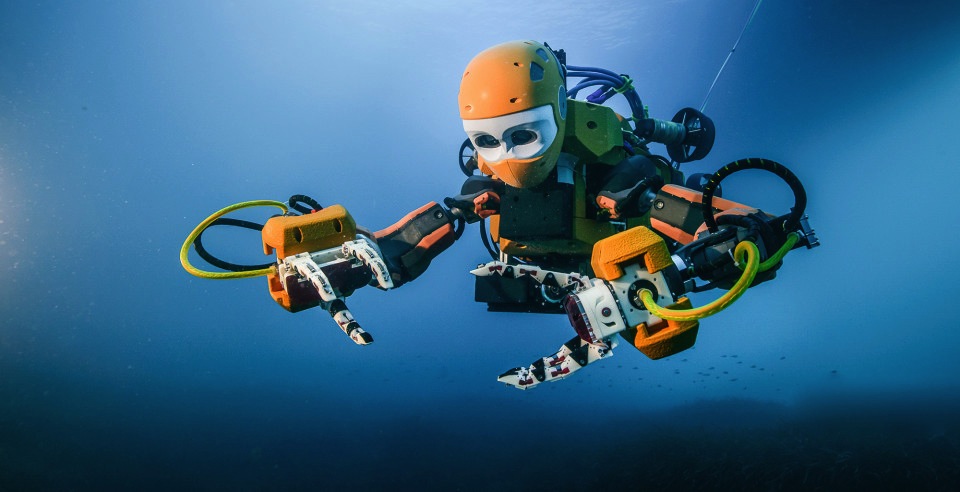
A humanoid robot, dubbed OceanOne, dove to a shipwreck in the Mediterranean that had been unexplored since it sank in 1664.
OceanOne was designed by engineers at Stanford University to explore parts of the ocean that are inaccessible to humans. The robot diver recently explored the La Lune shipwreck in the Mediterranean. [Read full story about the OceanOne robot]
Undersea explorer
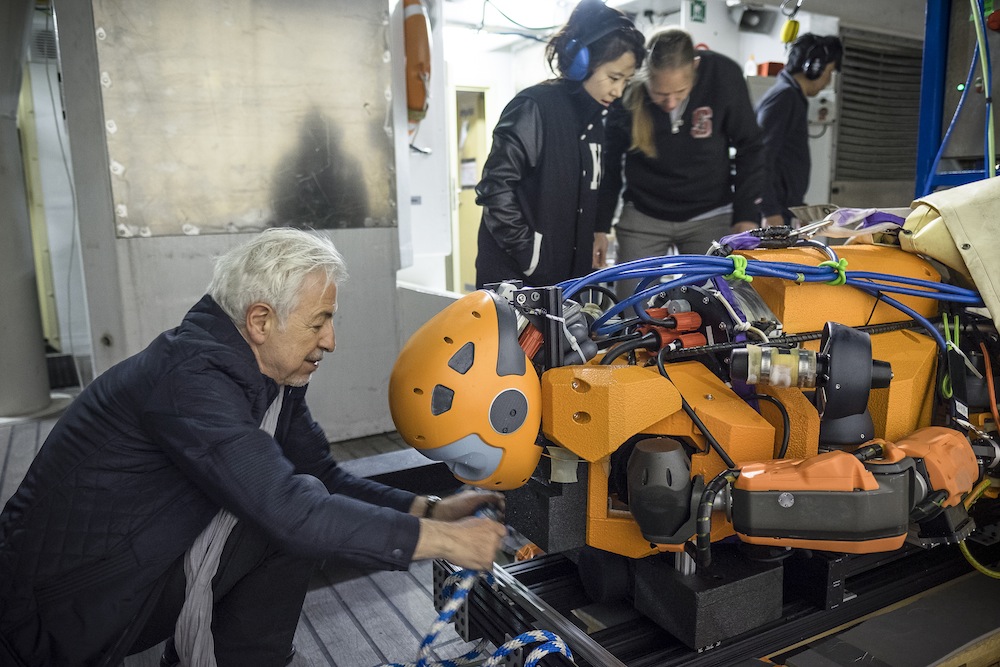
The OceanOne robot has a torso, a head — with stereoscopic vision — and articulated arms. The robot recently dove to "La Lune," King Louis XIV's flagship, which sank in 1664.
Working together

The OceanOne robot can investigate parts of the ocean that are less accessible to people, with the flexibility and dexterity of a human diver. The bot was also designed to work with human divers, as demonstrated in this photo, where the robot is easily handing objects to a human diver.
Robo-mermaid
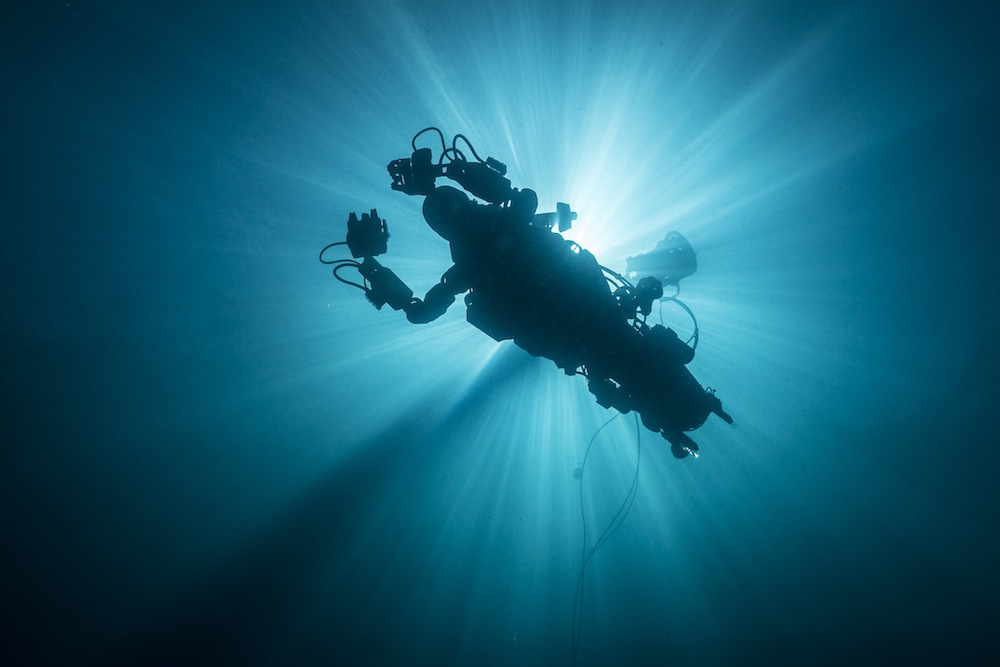
Before it dove to the La Lune shipwreck, the OceanOne robot was tested rigorously in the waters along the southern coast of France.
Diver's dexterity
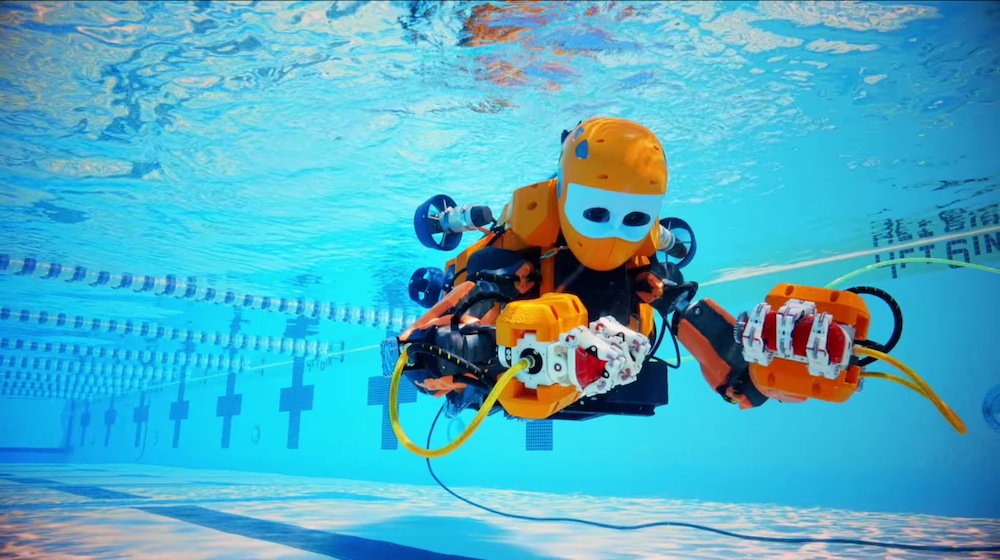
The OceanOne robot has articulated hands that allow it to explore like a human diver. Human controlleres can also "feel" what the robot is touching, using force sensors and haptic feedback in the robotic hands.
Teamwork
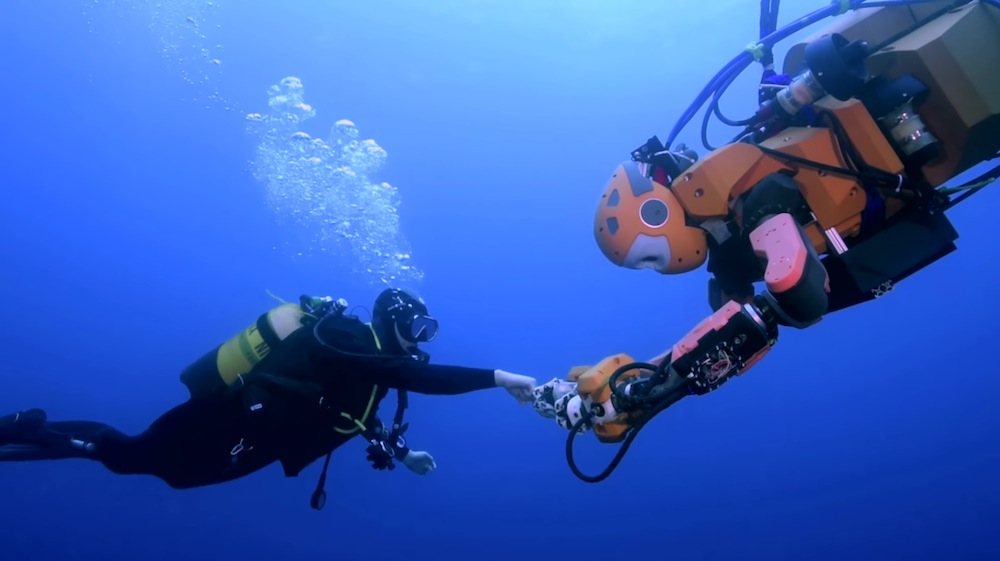
The OceanOne robot fist bumps a human diver.
Recovered artifact
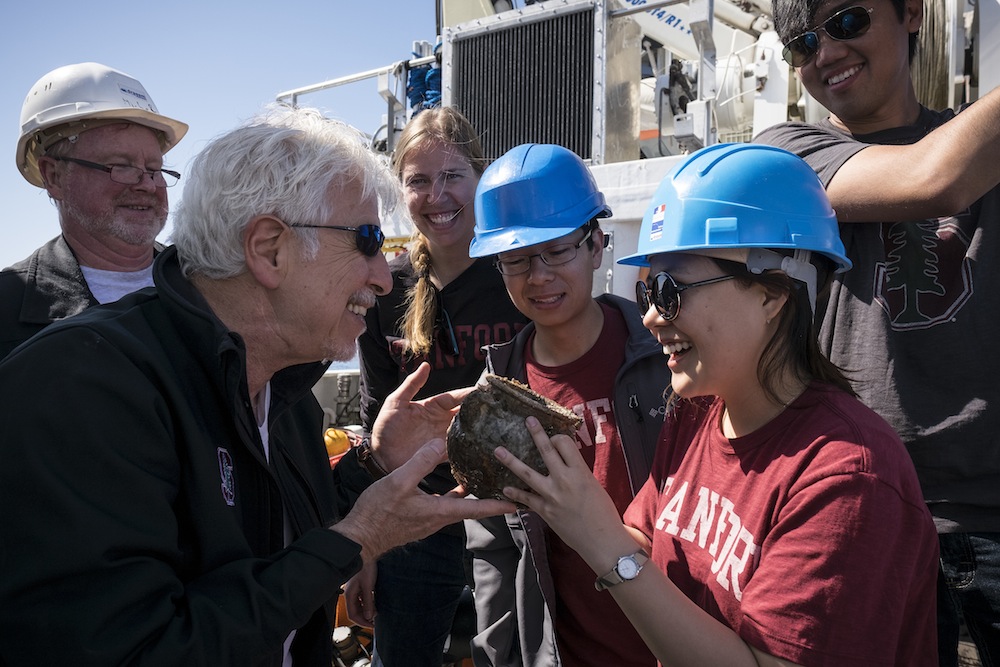
The first object recovered from the La Lune shipwreck was a vase that hadn’t seen air since 1664.
Get the world’s most fascinating discoveries delivered straight to your inbox.
Robotic parts
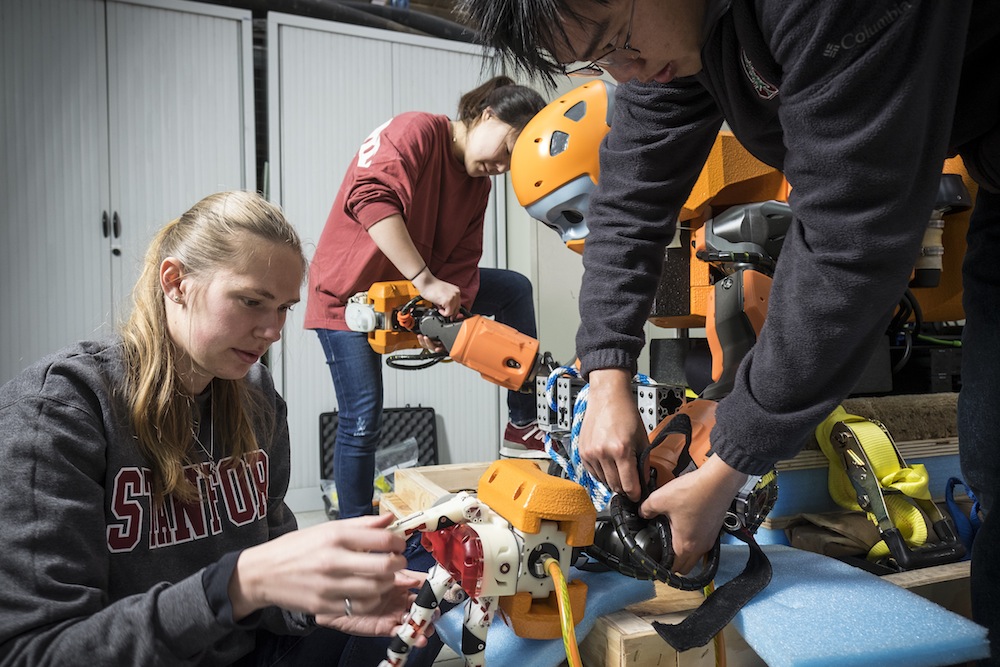
The OceanOne robot diver was built by engineers at Stanford University, in California. The bot performs like a human diver and is controlled through a touch-sensitive interface.
Human-controlled

During the robot's dive to La Lune, OceanOne’s fine movements were controlled by humans above the seafloor, via haptic feedback joysticks.



